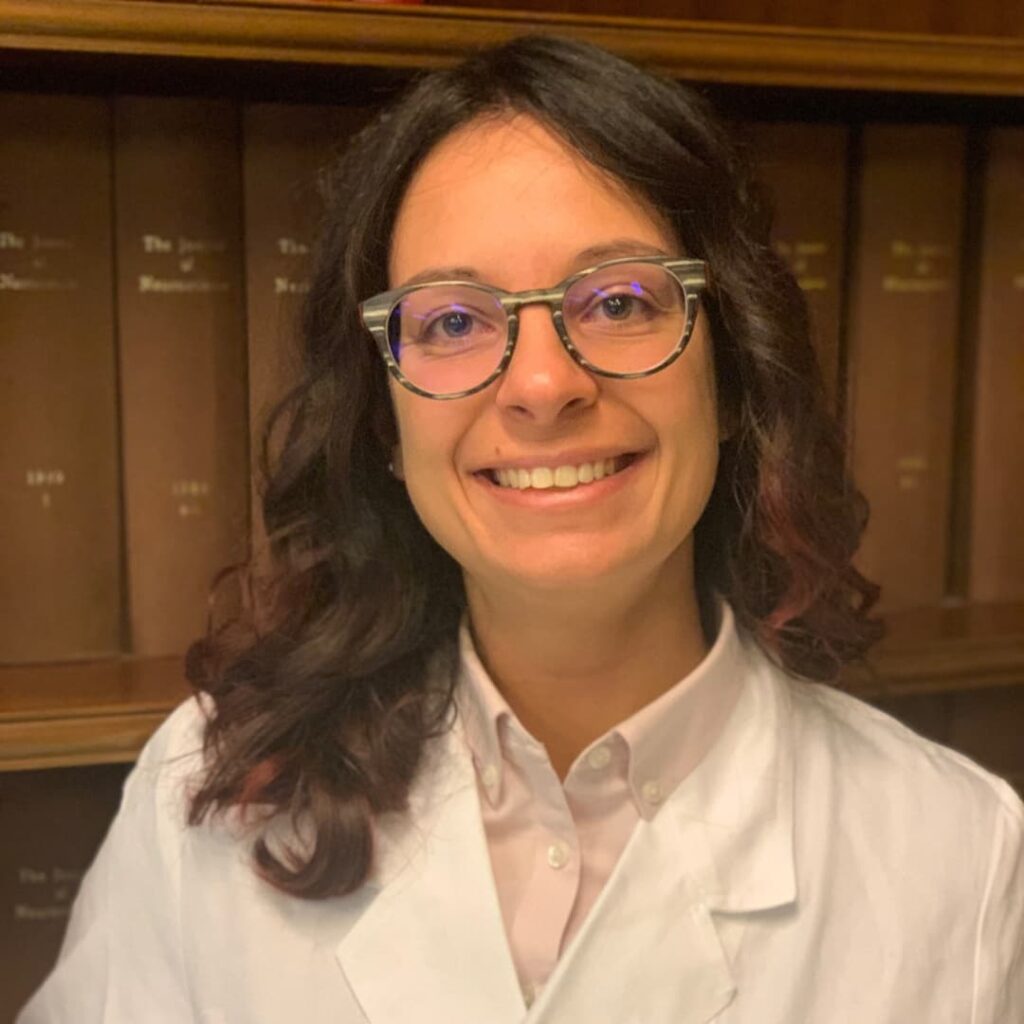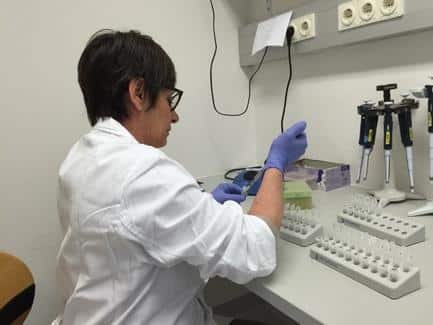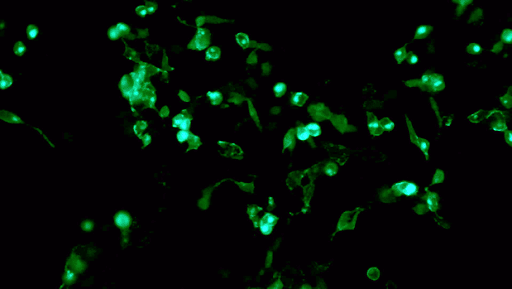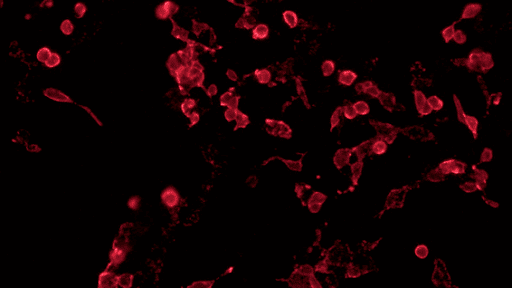
Choose Your Language:
Posted by: The Sumaira Foundation in MOG, NMO, Professional, Voices of NMO

I was a young resident at the University of Verona’s, Neurology Unit when I met a woman with rapidly evolving extensive myelitis. I first thought about NMOSD and asked our laboratory to analyse her serum for anti-AQP4. I performed the spinal tap and asked for an infectious and autoimmune screening, but the analyses were within normal limits. She was healthy before this event but suddenly became unable to walk. It was my duty to provide her a diagnosis. It was incredibly frustrating to tell her and her family that we did not have a definite diagnosis.
I searched PubMed to find similar cases and see if I missed something. I found references to newly discovered antibodies (MOG), which could be associated with myelitis / optic neuritis. However, this test was not available in any laboratory in Italy.
I emailed Prof. Markus Reindl, who contributed to most of the published articles I had found, and asked if I could come to his laboratory and learn how to analyse these novel antibodies. Although he didn’t know me at all, he replied that I was more than welcome.
However, at that time, I did not have any laboratory skills.
I asked Daniela, a well-trained technician who worked in our laboratory, to come with me to Markus’s Laboratory in Innsbruck, Austria. We spent 4 days in the Neuroimmunology Laboratory, analysing 30 serum samples of suggestive cases (including the one of my patient) that we brought with us and learning the live cell-based assay to test MOG-Abs.



Unfortunately, my patient turned out to be negative (in the end, she had neurosarcoidosis), but we found two positive cases and established the MOGAD diagnosis in Italy.
In July 2016, I specialised in Neurology with a thesis entitled “Diagnostic role of serum anti-myelin oligodendrocyte glycoprotein antibodies in patients with suspected neuromyelitis optica seronegative for anti-aquaporin-4 antibodies”. I studied the clinical and laboratory data of the patients I analyzed in Innsbruck and later in Verona and published my findings.
I decided to apply for a 3-year Ph.D. at the Graduate School of Life and Health Sciences, Doctoral program in Neuroscience, at the University of Verona. I spent an additional time as a fellow supported by a grant from the European Academy of Neurology at the Clinical Department of Neurology, Medical University of Innsbruck (March-October 2017) under the supervision of Prof. Markus Reindl, learning anti-MOG antibodies detection/IgG subclass analysis with cell-based assay, peripheral blood mononuclear cells isolation, and the detection of cytokines in serum and CSF with ELISA.
Throughout my Ph.D. work, I actively participated in clinical and research activities and study design that introduced novel diagnostic and prognostic assays in the diagnostic workup of our laboratory and designing scientific, collaborative studies. We discussed several challenging cases and became an Italian reference center for diagnosing these conditions.
Once, a colleague asked me to analyse the serum of a young woman with longitudinally extensive myelitis who was rapidly deteriorating. Unfortunately, all the analyses came out to be negative, including MOG-Abs.
Once again, I experienced the frustration of being unable to provide a diagnosis.
I asked my colleague to provide some more serum and CSF. Although there was no expert recommendation for doing that, I tested MOG-Abs in the CSF, and they turned out to be positive.
We decided to test the CSF of MOG-Abs seronegative cases with a compatible phenotype to confirm our findings and published the first international collaborative study on the relevance of testing MOG-Abs in the CSF. Once again, my clinical duties led to a potentially useful novelty for patients.
I completed the Ph.D. defending my doctoral thesis entitled “Neurofilament light chain levels in patients with antibodies to myelin oligodendrocyte glycoprotein (MOG-Abs)” in May 2020. I was awarded an 8-month scholarship at the Neurology Unit, University of Verona, to study diagnostic and prognostic tests in antibody-mediated encephalitis and neuromyelitis optica.
I’m now responsible for diagnosing NMOSD, MOGAD, and autoimmune encephalitis in our unit; I’m the referring clinical consultant for neuroimmunological disorders and part of the International Clinical Consortium for the Study of NMOSD and of the Neuroimmunology Board of the European Academy of Neurology.
More recently, I focused on the analysis of novel biomarkers of disease activity to predict disease course and outcome of NMOSD and MOGAD, which seems to be one of the major unresolved issues. For this, we decided to buy an ultrasensitive paramagnetic bead-based enzyme-linked immunosorbent assay. I did not have enough funding and had to convince my Department that this novel and expensive instrument would be useful, but I needed some evidence.
I asked the manufacturer to lend us the instrument. It was the first time that this instrument was transferred to Europe. We had some technical and practical issues (including its arrival the day before Christmas during a snowy day).
Within a couple of weeks, we analysed several samples that were the source of a number of studies and published articles. Our level of scientific productivity and inquiry convinced the University to approve the purchase. This new tool increased our capacity and led to several collaborative studies.